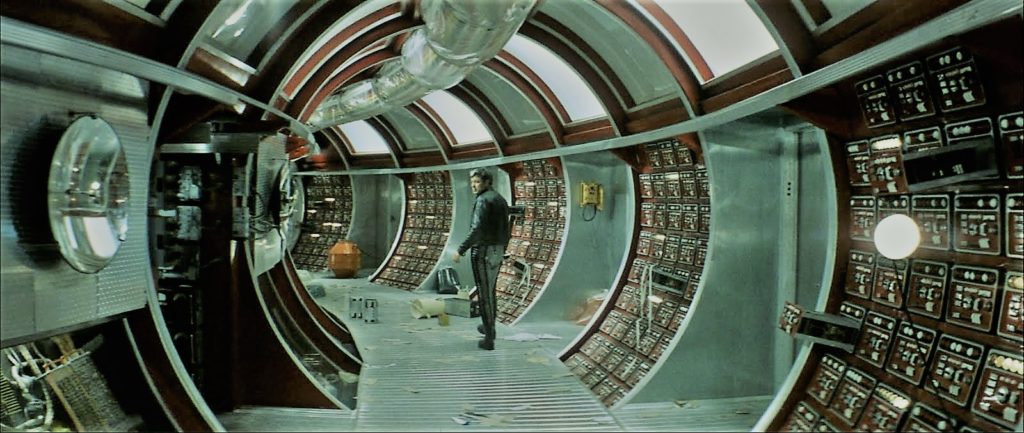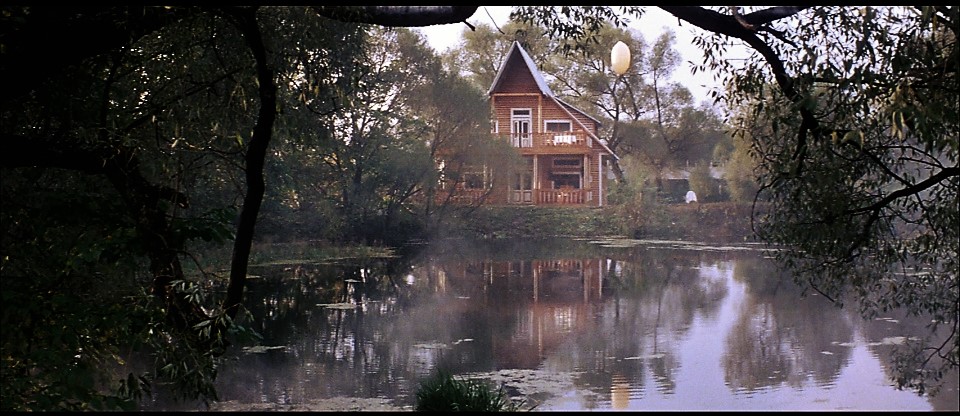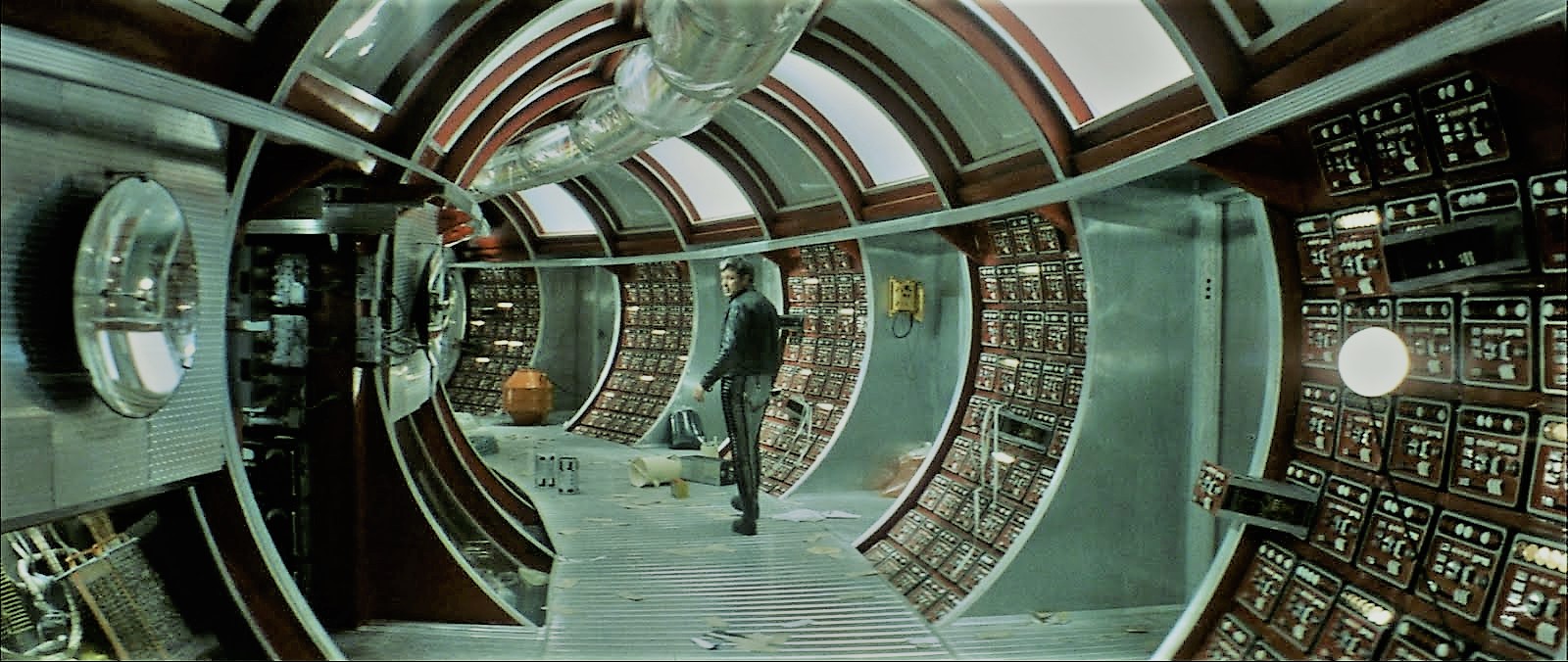A startling vision of another time, somewhere in the cosmos on a planet yet unknown, Andrei Tarkovsky’s Solaris investigates apparitions of the irradiated mind in a nostalgic view of humanity looking into it’s own mirror.


Solaris: No 6 best sci-fi and fantasy film of all time
By Andrew Pulver, Published in The Guardian
Andrei Tarkovsky (1932 – 1986) started work on an adaptation of [Polish author] Stanislaw Lem‘s philosophical science-fiction novel in 1968 in an attempt to find a popular cinematic subject. After the usual labyrinthine negotiations with the Soviet authorities over the script, what emerged was a space film unlike anything before or since. Lem’s novel posited the existence of solaristics; the study of an outlying star system that had bizarre effects on human psychology. Tarkovsky took this idea, and turned it into a dreamlike interrogation of faith, memory and the transfiguring power of love. [Watch online]
“Tarkovsky set out to make … a film that focused less on the actual “science fiction” aspects and more about a man’s moral dilemmas in an unfamiliar environment, an environment detached from all aspects of the normalities of ordinary life.”
STORY: Ingmar Bergman: A Tenuous Searching Faith in “The Seventh Seal”
Tarkovsky begins his version of the story with some of the most magically earthbound images ever filmed, as his protagonist, a psychologist called Kelvin (Donatas Banionis), contemplates his garden. He then embarks on a voyage to the space station circling Solaris, there to investigate the reports of eccentric behavior of previous visitors. Kelvin undergoes an ordeal by memory, as Solaris’ psychoactive properties trigger the reappearance of his dead wife, Hari (Natalya Bondarchuk). The space station becomes a place of mysterious hauntings and apparitions. His colleagues hardly inspire trust, and Kelvin attempts to make sense of what is happening to him as he retreats further into an internal world.
STORY: Federico Fellini: Intuitive Visual Art


The space station is an extension of Tarkovsky’s view of the urban world and reflects a lack of interest in the details of space travel that can be summed up in his comment that “for me, the sky is empty” (Gianvito 25). Like the city, the station is a constructed environment where nothing grows. But instead of the dizzying colors of the neon nightscape, it is dreary and run down, the urban landscape by day. — David Hanley
STORY: Restlessly Original Iranian Cinematic Poet Abbas Kiarostani

Watch this video on YouTube
Andrei Tarkovsky – Solaris 1972 (excerpt)
Tarkovsky was barely interested in Lem’s main preoccupation: to theorize about what might constitute alien life. Solaris, and its apparently animate “oceans,” are simply a conduit to, and externalization of, deeper spiritual matters. It’s fair to say that no other director can have got anywhere near the mystic uplift of this film.
Theories have been put forward that Solaris is made of conscious matter, functioning like a giant brain. Upon arriving, Banionis discovers the planet has been trying to make contact with the station’s inhabitants by reaching into their subconscious and creating living replicas of whatever it finds locked in there. — Senses of Cinema
STORY: Epic of Cruelty and Revolution in Eisenstein’s ‘Battleship Potemkin’


Lem didn’t like the way his novel had been adapted; Tarkovsky himself considered it a less than successful film. But the clarity and beauty of Solaris ensures its majesty lives on.

Watch this video on YouTube
Poetic Harmony of Andrei Tarkovsky
Updated 25 February 2021














Can human beings live a happy or satisfactory life if they are not engaged as a species in a lethal struggle with their environment, and as individuals in letha struggles with each other?
This world can still be a life enriching place, but how much more so if we could live in it without destroying so much life in a blind race to survive at the expense of the other.
Its absolutely great to run into such a concise article on Tarkovsky’s film, in such a surprising website!
Pingback: Film: Carlos Reygadas Meditates on the Mennonites of Mexico